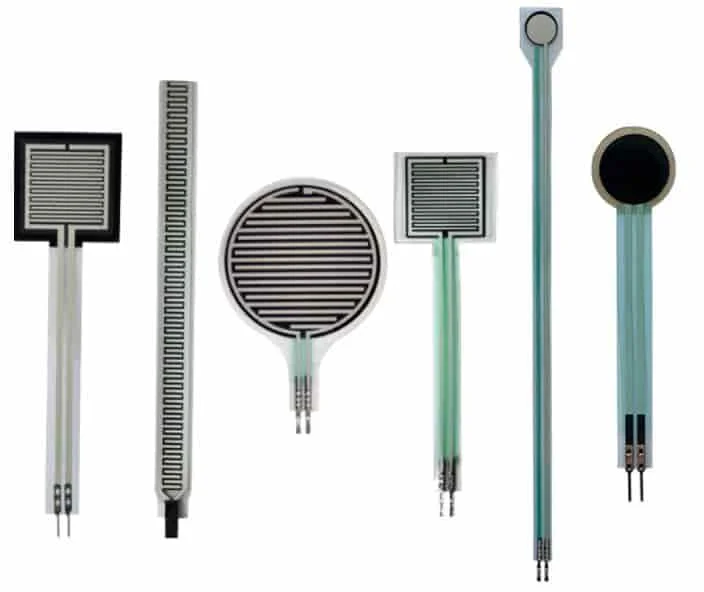Force sensors are essential components in various applications, from robotics and industrial automation to wearable technology. These sensors detect pressure or force applied to their surface and convert it into an electrical signal. The ESP32, with its robust processing capabilities and multiple ADC (Analog-to-Digital Converter) channels, makes it an excellent choice for integrating force sensors into real-world projects. This guide will walk you through the process of connecting a force sensor to an ESP32 and using MicroPython to read and interpret sensor data.
Related:
Table of Contents
What are Force Sensors?
Force sensors measure the amount of pressure or force applied to their surface. They work by decreasing their electrical resistance when force is exerted. The ESP32 can interpret these resistance changes using its ADC, allowing for force measurements in real-time. Common types of force sensors include:
- Resistive Force Sensors: These use a pressure-sensitive material to alter resistance based on applied force.
- Strain Gauges: These measure the deformation of a surface due to force.
- Piezoelectric Sensors: These generate a voltage when mechanical stress is applied.
Wiring a Force Sensor to an ESP32
To connect a resistive force sensor to an ESP32, you will need:
- ESP32 development board
- Force-sensitive resistor (FSR)
- 10kΩ pull-down resistor
- Jumper wires
Circuit Connection:
- Connect one leg of the force sensor to 3.3V on the ESP32.
- Connect the other leg to an analog input pin (e.g., GPIO 34) and a 10kΩ resistor leading to GND.
- The voltage across the resistor will change depending on the applied force, which the ESP32 reads via its ADC.
Reading Force Sensor Data with MicroPython
Once wired, use the following MicroPython script to read sensor data:
from machine import ADC, Pin
import time
fsr_pin = 34 # Change to your connected GPIO
fsr = ADC(Pin(fsr_pin))
fsr.atten(ADC.ATTN_11DB) # Allows full range reading up to 3.3V
while True:
force_value = fsr.read() # Read ADC value
voltage = force_value * (3.3 / 4095) # Convert ADC reading to voltage
print(f"Force Sensor Value: {force_value} (ADC), {voltage:.2f}V")
time.sleep(0.5) Understanding Readings and Units
The ESP32’s ADC returns a value between 0 and 4095, representing the sensor’s voltage input. To interpret this data:
- The voltage (V) is calculated using the formula:Voltage = (ADC reading) × (3.3V / 4095)
- To convert this into force or pressure, refer to the force sensor’s datasheet, which provides a resistance-to-force conversion chart. Many force sensors express force in Newtons (N) or grams (g), requiring a lookup or an empirical calibration to obtain accurate values.
This script continuously reads and prints force values from the sensor. The values can be calibrated based on the sensor’s specifications for accurate force measurement.
Practical Applications
Force sensors paired with an ESP32 can be used in various real-world applications, such as:
- Smart Wearables: Monitoring grip strength or pressure distribution in fitness devices.
- Robotics: Detecting touch and force feedback for robotic arms.
- IoT Smart Surfaces: Measuring weight or pressure on interactive surfaces.
- Industrial Automation: Ensuring consistent pressure in assembly line operations.
Conclusion
Integrating force sensors with an ESP32 provides an efficient way to measure pressure and force in real-time. With simple wiring and a few lines of MicroPython code, you can implement force measurement in a variety of applications. Whether for robotics, IoT, or industrial automation, ESP32 and force sensors offer a powerful and flexible combination for innovative projects.


Leave a Reply